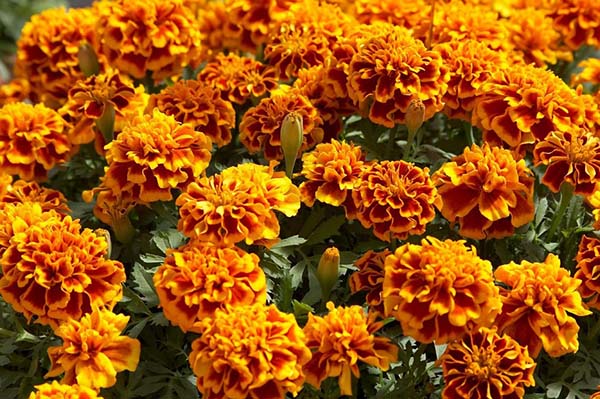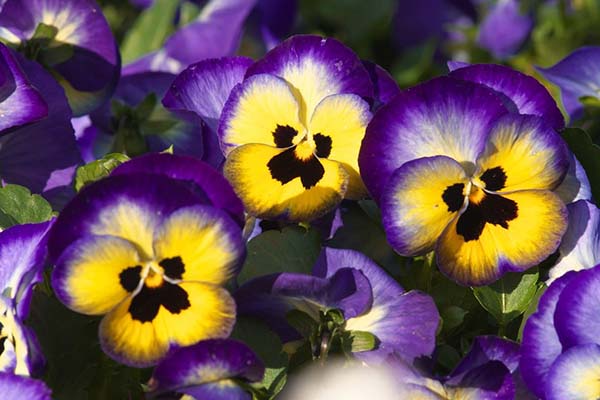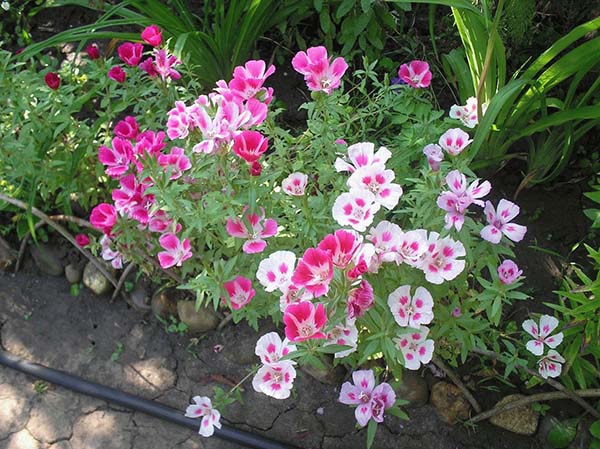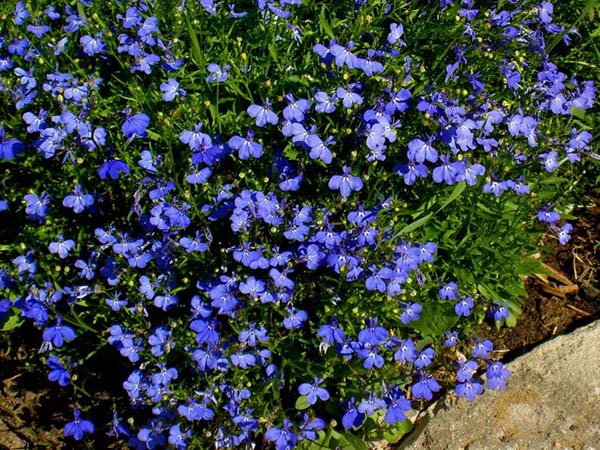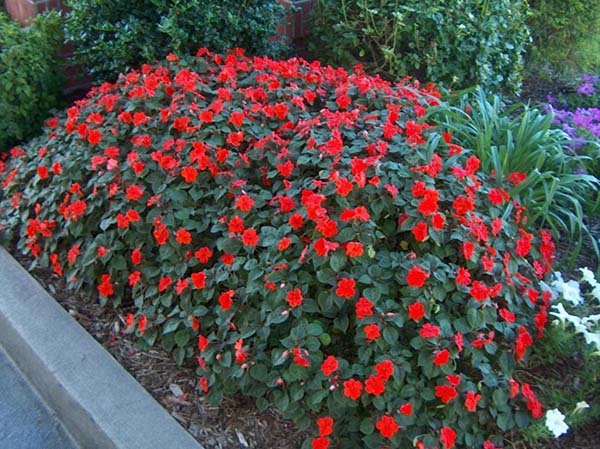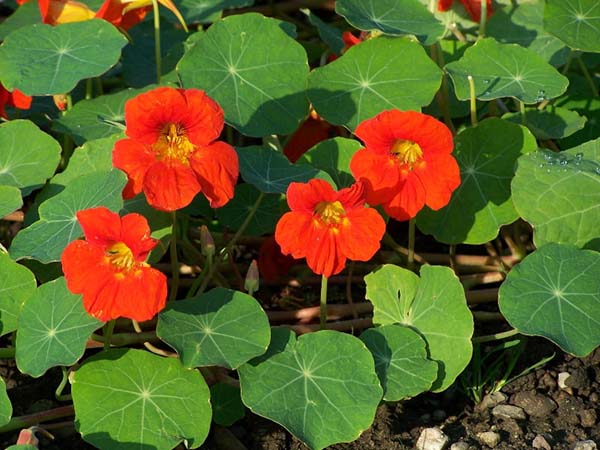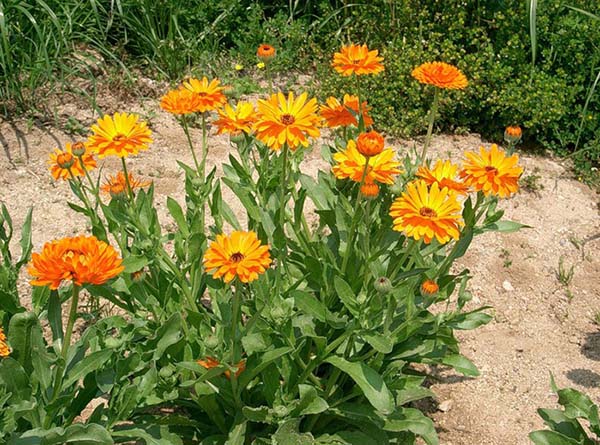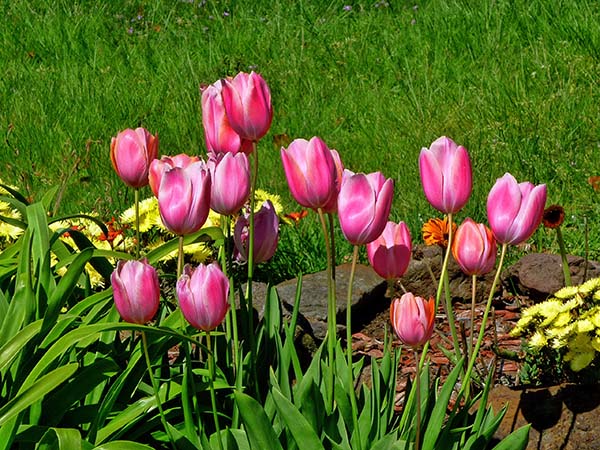What plants to plant in the cemetery: trees, shrubs and flowers
The topic is really sad, but we all come across it in one way or another. It is human nature that each of us wants the graves of our loved ones to look dignified. Always a green and tidy grave is a symbol of care for the deceased and a memory that will live forever in our hearts. Therefore, it is necessary to decide what kind of plants: trees, shrubs and flowers are permissible, and it is best to plant them in a cemetery.

Content
What can be planted in a cemetery: requirements and selection criteria
They are in cemeteries, as a rule, not so often and only on certain dates, so the requirements for plants must be appropriate:
- The plant must be perfect undemanding to soil, in other words, the composition and quality of the soil should not play any significant role for its cultivation. That is why ground cover plants and flowers are great for planting in a cemetery.
- The plant must be unpretentious, in other words, care there should be minimalm, that is, it should be enough drought-resistant, frost-resistant and have good immunity to disease.
- The plant must be simple and without unnecessary frills. Unfortunately, some dishonest citizens who are capable of desecrating other people's graves can simply dig up a beautiful and rare plant.
- The plant must provide maximum decorative effect during the whole time, that is, not only during flowering, but also before and after. Moreover, it is optimal to choose exactly those plants that will bloom and have the most colorful and elegant look exactly on those days when you visit the graves of your loved ones.
Video: what to plant in the cemetery
What plantscan be put in a cemetery: trees, shrubs and flowers
The crops used in cemetery landscaping can be divided into 3 groups: trees, shrubs, and flowers.
Trees and shrubs, as a rule, are used to frame the monument and decorate the area around it. Naturally, such plants are never planted on the grave itself. They are placed as a backdrop for a tombstone, in other words, to create a harmonious balance between the massive structure and the environment.
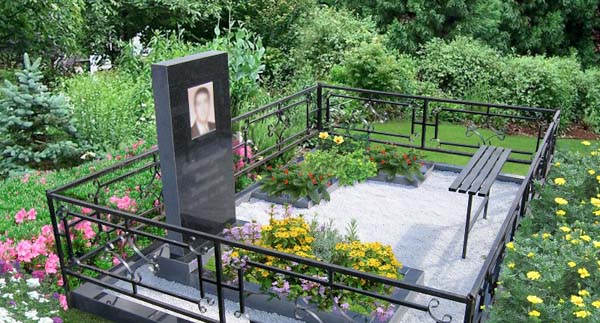
Important! Be very careful when landscaping a grave in a cemetery with the help of trees and shrubs, because they can grow and affect neighboring areas.
Perennial plants that create continuous coverings on tombstones, carpets and textural crops are used for direct landscaping of graves and the territory closest to them. With the help of such flowers and ground cover plants, you can achieve a solemn and calm effect.
Trees
The most appropriate trees for planting near a grave in a cemetery are:
- Birch tree. This is a completely undemanding tree that is indifferent to soil, likes to grow in the sun, but can develop normally in partial shade, drought-resistant and frost-resistant. The only problem is that it can grow very tall, but at the moment, special low-growing weeping birch varieties have been bred.
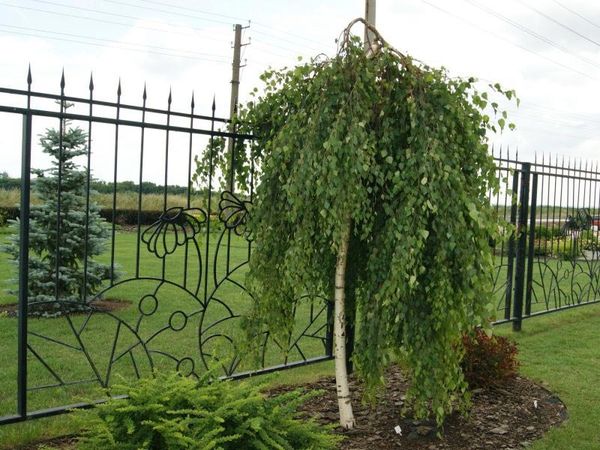
- Cherry... This is a fairly unpretentious and light-loving plant that has drought-resistant and frost-resistant properties. It blooms beautifully.
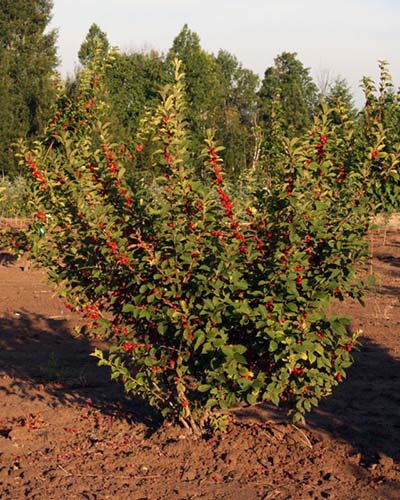
By the way! The site already has articles about spring and autumn planting cherry.
- Apple tree... But you should be careful with her, not every variety will fit. In addition, apple trees are often affected by various diseases, so it is necessary to choose varieties that are resistant to diseases. The divine bloom just falls in the spring.
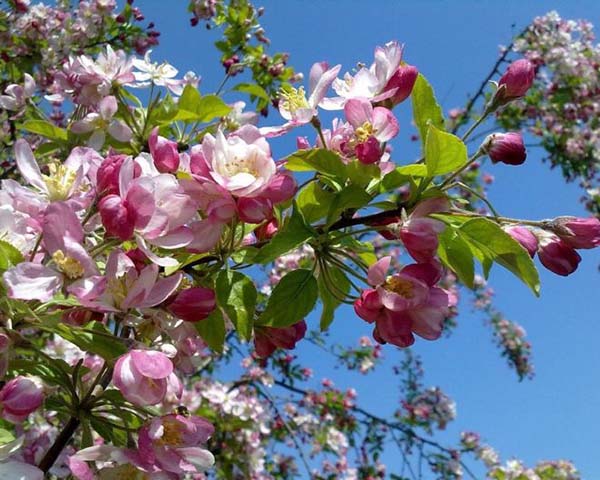
Note! The site already has articles spring and autumn planting of apple trees.
- Willow. This is a perfectly suitable unpretentious plant, which does not have to grow next to a pond. However, you should choose low varieties of weeping forms.
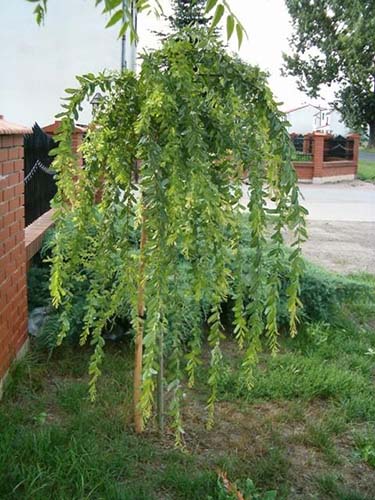
- Robinia pseudo acacia or false acacia... It is not affected by pests or diseases. Grows both in light and in partial shade, drought-resistant. During flowering, it is very colorful.
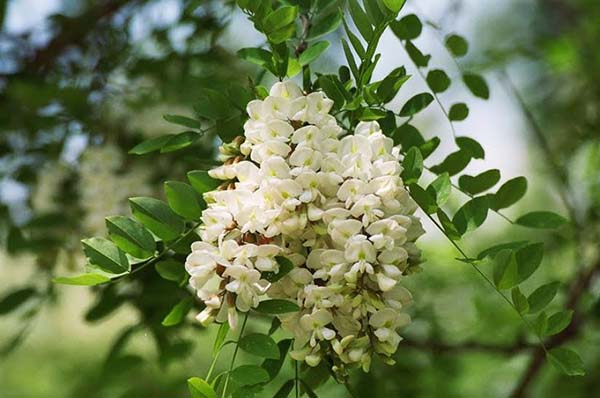
- Rowan. Looks picturesque at any time of the year: when it blooms and when it has just green foliage; in the fall, when red berries begin to form; even in winter, when flaming scarlet clusters hang against the background of snow.
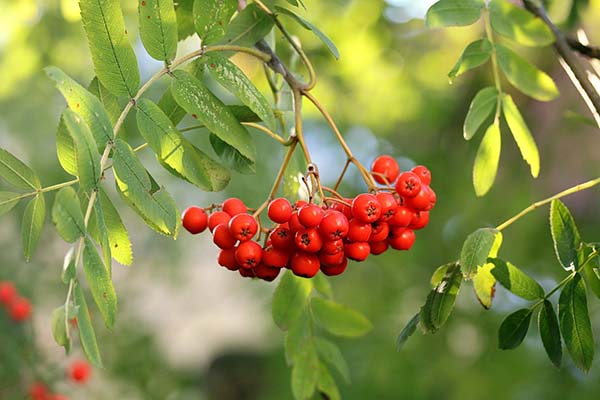
- Ate... There are several problems with them: regular spruces grow too tall, and miniature ones are too much a temptation for thieves. The root system of the spruce is superficial, but wide, which means that there may be problems with the destruction of the concrete base.
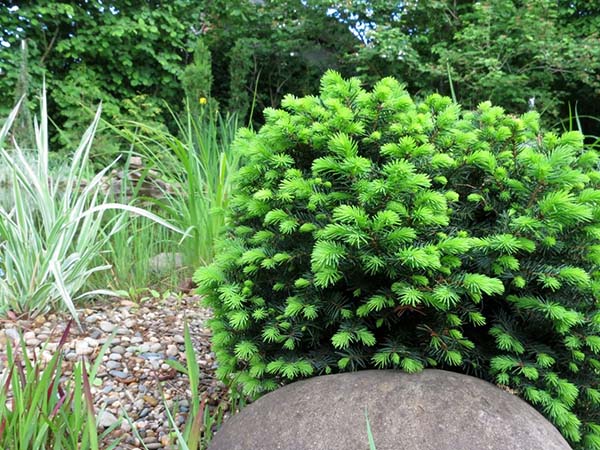
It might be interesting! The site has information about how to grow spruce from seeds and cuttingsas well as how to plant a spruce seedling in open ground.
Shrubs
Shrubs that can be planted in a cemetery include:
- Barberry Thunberg. There are a huge variety of colors: there are both bright green and bright red. There are higher and lower samples. What is especially important - they are all absolutely unpretentious, they tolerate frost and drought very well.
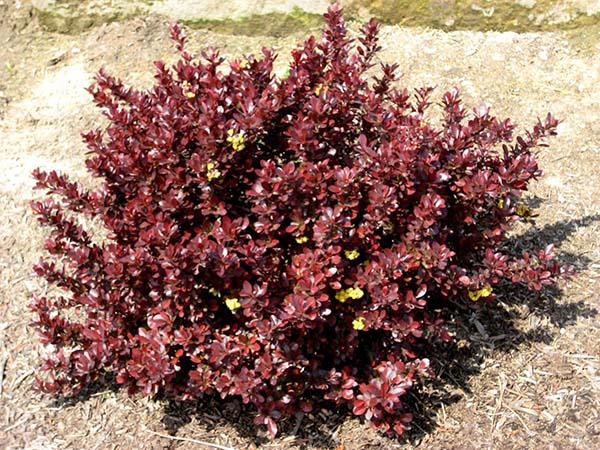
By the way! About planting and growing barberry read here.
- Black chokeberry. It can be shaped both as a tree and as a shrub. Minimal maintenance required.
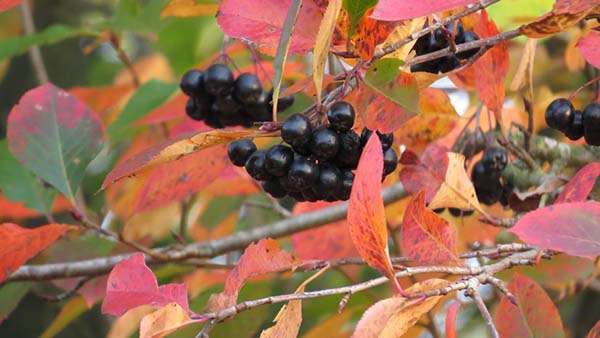
- Hydrangea... The bloom is incredibly beautiful. However, to prevent the plant from dying, it requires abundant watering and pruning.
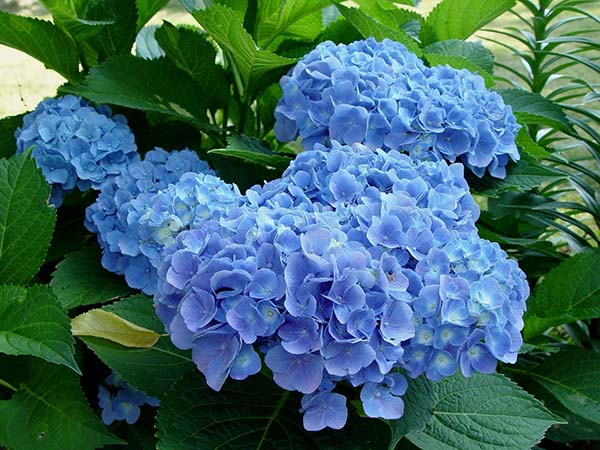
Important! All about planting hydrangeas in the open ground in spring you'll find in this article, and in autumn - in this material, about how to do it right trim in spring — here, and in autumn — here, about shelter for the winter — by this link, but about general autumn preparation for winter — here.
And if yourhydrangea does not bloom, then perhaps your problem is described in this material.
- Kalina. Possesses great blooms and delicious ruby berries. Demanding for watering.
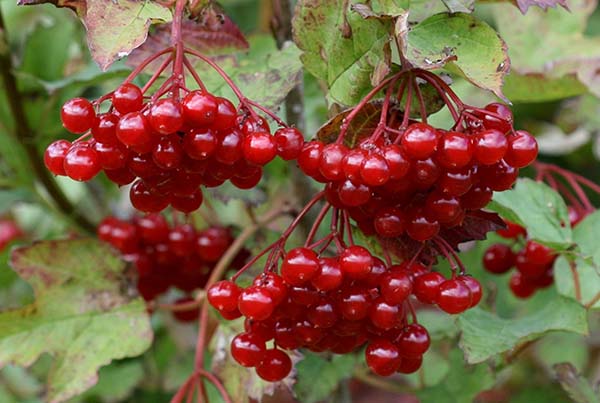
- Cotoneaster. It perfectly tolerates heat and lack of moisture. It blooms very effectively, and in the fall charming red berries appear on it.
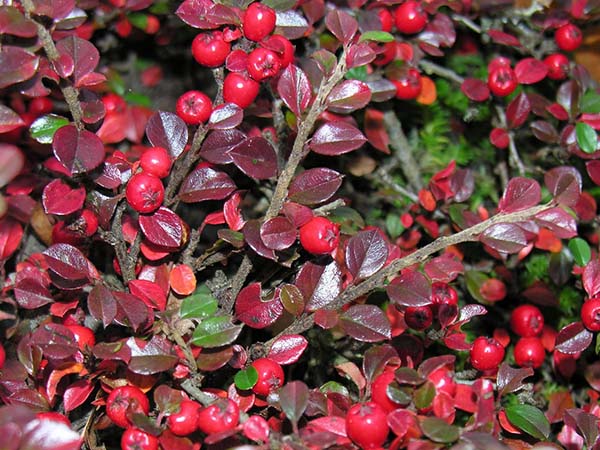
- Coniferous shrubs (thuja and juniper) are suitable for a cemetery, but they still need certain lighting conditions.
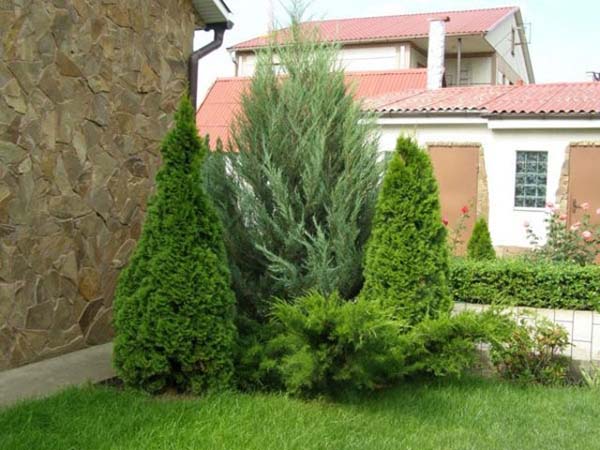
Flowers and ground cover plants
These flowers and ground covers are best planted on and around the grave:
- Phlox subulate. With this flower you can create very decorative pillows in sunny places. It blooms enchantingly beautifully in late April - early May, and if you trim it after flowering, it will bloom again in the fall. Loves sunny areas.
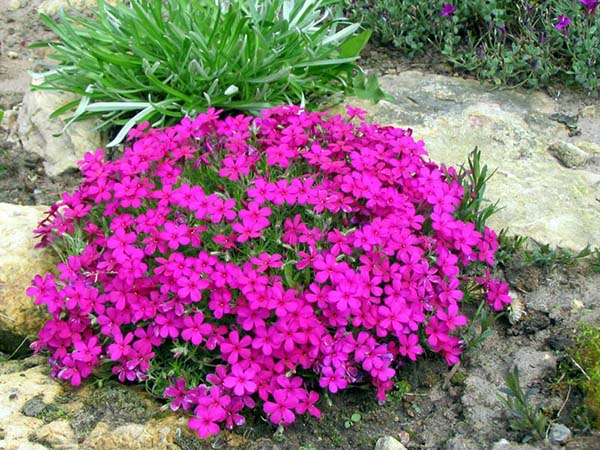
By the way! About planting and growing annual and perennial phlox read here.
- Sedum (sedum). He has just a wonderful color that lasts all summer long. All stonecrops have very succulent stems that store moisture during natural precipitation (rains), which is why they are considered stable. Grows well in lit areas.
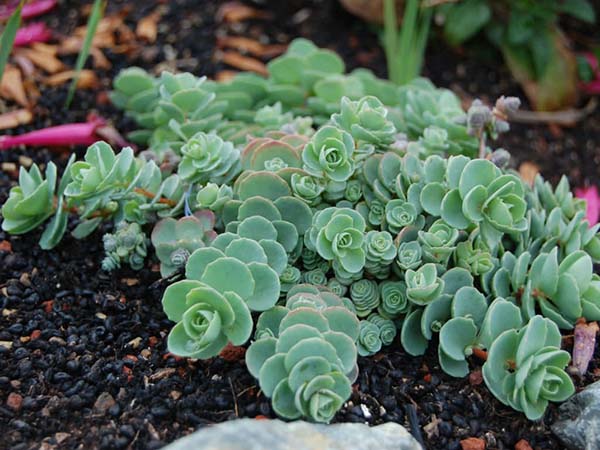
- Aubrieta.A very sun-loving flower that can grow on rocky soil.
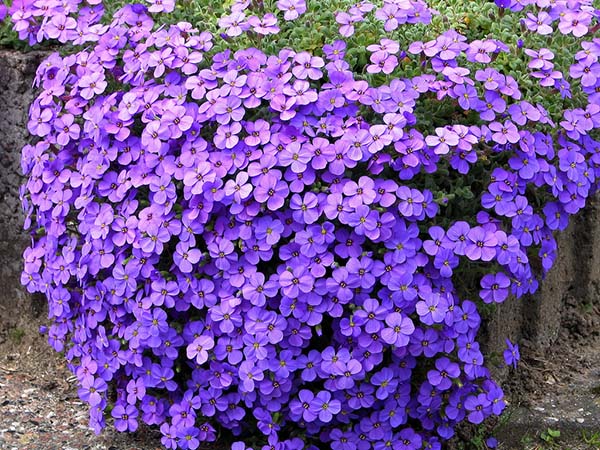
- Rejuvenated (tenacious, stone rose). Just a feast for the eyes, and also ideal for sunny areas.
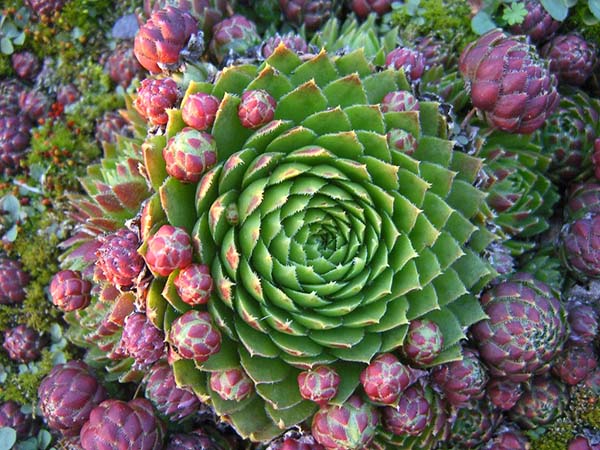
- Iberis.Optimally planted in well-lit areas of the cemetery.
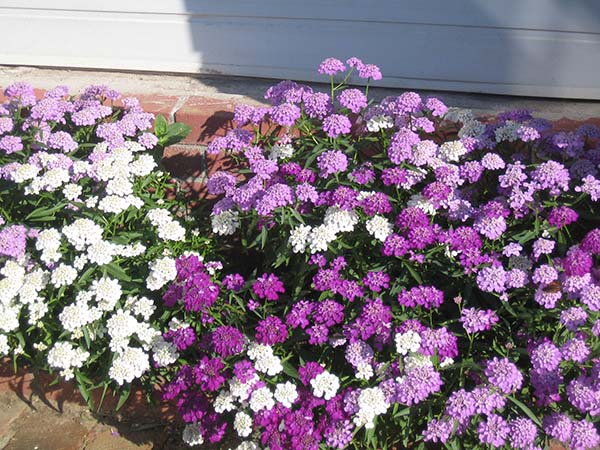
- Dream herb. This wondrous plant is ephemeral, it disappears after flowering. Loves partial shade.
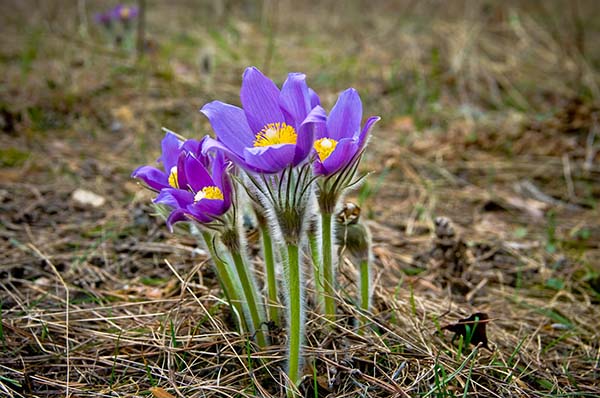
- Primrose. If the grave site is shaded, and it is also flooded in the spring with melt water, then the primrose is exactly the plant that should be planted in the cemetery.
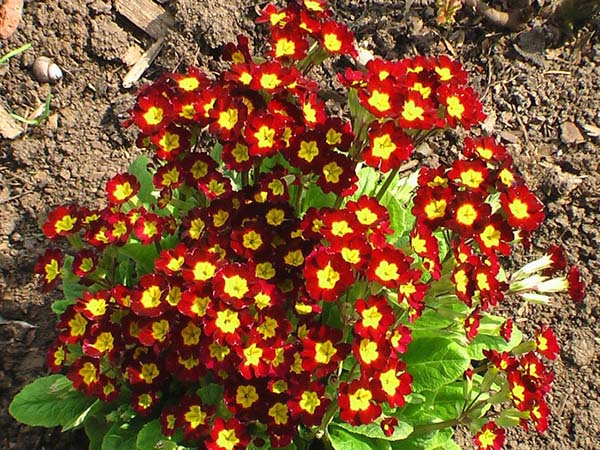
- Bryozoan. If it is watered abundantly, it will bloom with small white flowers and will look like a cloud. Optimally planted in partial shade.
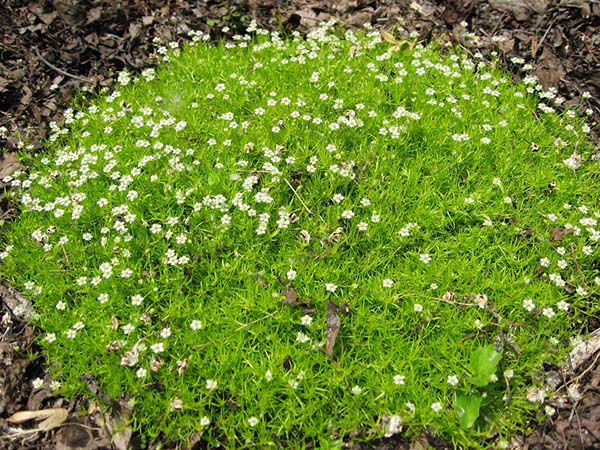
- Lily of the valley. Grows well in shade and partial shade;
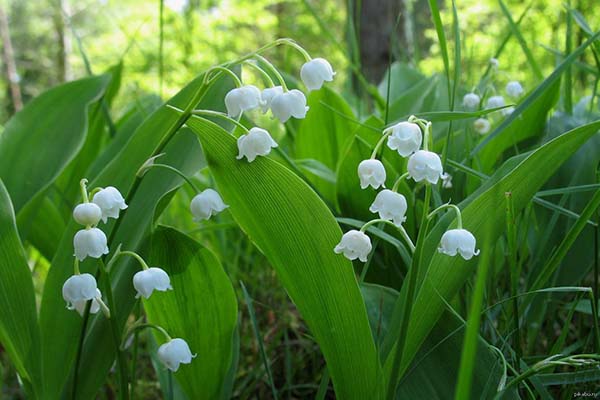
What flowers can be planted in the spring in a cemetery
It will be very beautiful if you grow seedlings of annual and perennial flowers at home and plant them in open ground near the grave in the spring.
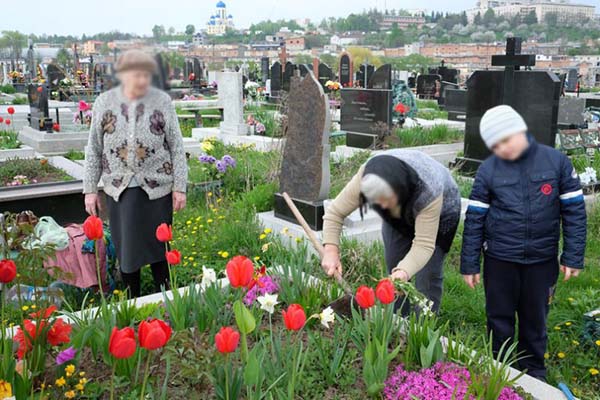
It is best to plant the following annual and perennial flowers in the cemetery:
With constant care of the grave, annual plants can be grown easily. It is enough to constantly water and weed them. The incomparable natural flowers on the grave will remind each person that his soul is immortal.
Video: plants for landscaping graves


